The Slovak Scots pine grows worse in Bohemia than the Czech one
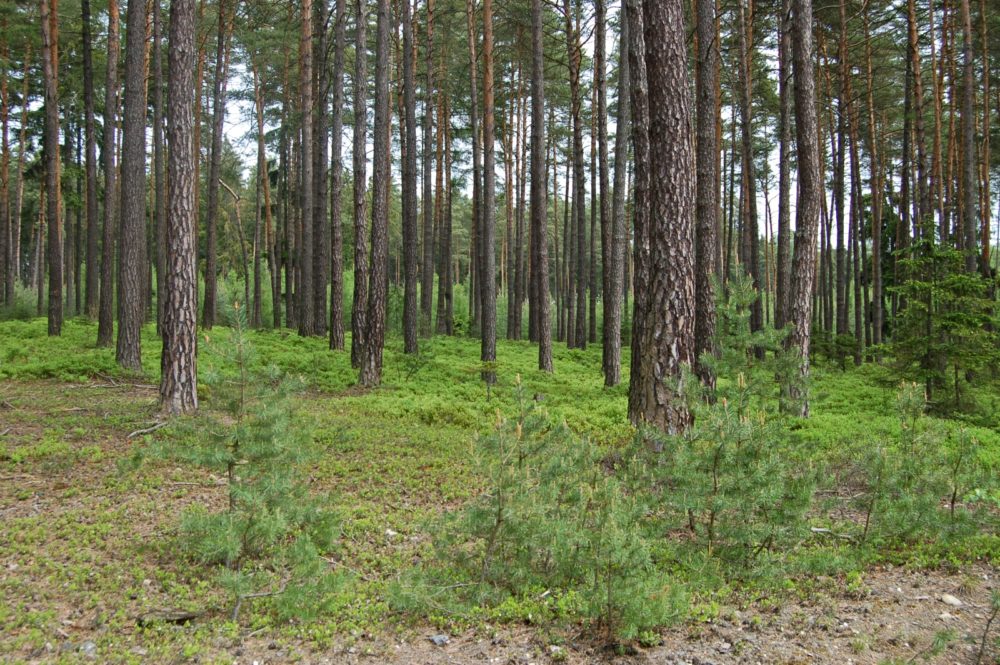 In the Czech Republic, Scots pine is the second most commonly used species of tree in terms of economic value, making up 16% of the tree species found in our forests. The reason for its popularity is that it is easy to cultivate, grows well, produces high-quality wood, and can be used for multiple purposes, such as construction and furniture-making. However, if unsuitable provenances of Scots pine are cultivated, it increases the likelihood of the trees being damaged by harmful factors such as abiotic and biotic agents. On the other hand, using positively verified reproductive material reduces the risk of the production forest being damaged prematurely.
In the Czech Republic, Scots pine is the second most commonly used species of tree in terms of economic value, making up 16% of the tree species found in our forests. The reason for its popularity is that it is easy to cultivate, grows well, produces high-quality wood, and can be used for multiple purposes, such as construction and furniture-making. However, if unsuitable provenances of Scots pine are cultivated, it increases the likelihood of the trees being damaged by harmful factors such as abiotic and biotic agents. On the other hand, using positively verified reproductive material reduces the risk of the production forest being damaged prematurely.
Scots pine composition in the Europe and Asia territory shows its adaptability to natural conditions. Pine grows in very poor and richer habitats from 0 to 2600 m above sea level, in swamps, bogs, mixed and coniferous forests, heaths, dunes, steppes, rocky slopes, or mountain areas.
The wide distribution of Scots pine can be attributed to the evolution of forests during the postglacial and Holocene periods. Following the last ice age in the preboreal period, there was a gradual increase in temperature, which allowed the birch and pine trees to spread from isolated areas to the surrounding regions. Subsequently, as the temperature continued to rise, other varieties of trees, including oak, elm, linden, maple, and spruce, joined the boreal zone.
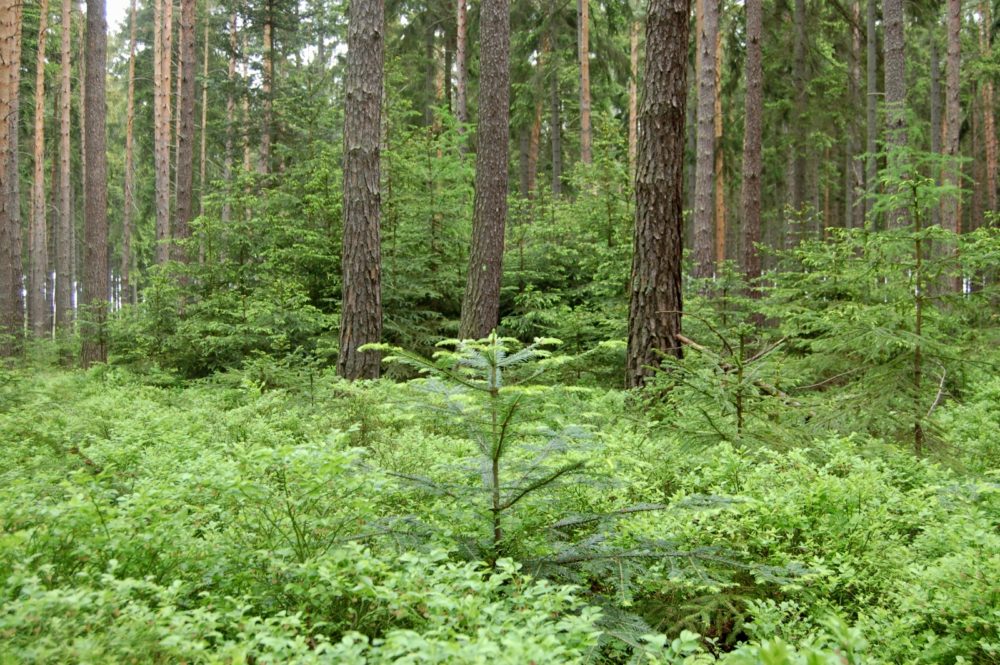 The adaptability of this pioneer tree species is reflected in its high variability, which has evolved to suit different areas and habitats. Despite its relatively small distribution in the Czech Republic (CR) and Slovakia (SK), pines have formed several valuable regional populations such as Třeboňská, Malenovická, Heraltická, Tatranská, and Záhorská, as well as ecotypes within different elevations (lowland, medium-elevation, highland, and mountain ecotypes).
The adaptability of this pioneer tree species is reflected in its high variability, which has evolved to suit different areas and habitats. Despite its relatively small distribution in the Czech Republic (CR) and Slovakia (SK), pines have formed several valuable regional populations such as Třeboňská, Malenovická, Heraltická, Tatranská, and Záhorská, as well as ecotypes within different elevations (lowland, medium-elevation, highland, and mountain ecotypes).
It is important to correctly identify areas designated for the transfer of reproductive material to preserve the gene pool of individual populations. This helps to prevent genetic degradation and contributes to better stability and diversity within the population. Long-term provenance experiments are the basis for responsible decision-making, which responds to changes in the environment. For Scots pine, these experiments have been conducted since the 1950s and their results are available from both the early and later periods.
A group of scientists from the Department of Forest Tree Biology and Breeding at FGMRI (VÚLHM, v. v. i.) evaluated some provenance experiments regarding the growth of forest pine in the Czech Republic. They published their findings in the paper titled “Evaluation of the Provenance Growth of Forest Pine in the Czech Republic” (Vyhodnocení růstu proveniencí borovice lesní v Čechách), which was issued in the journal Reports of Forestry Research 4/2024.
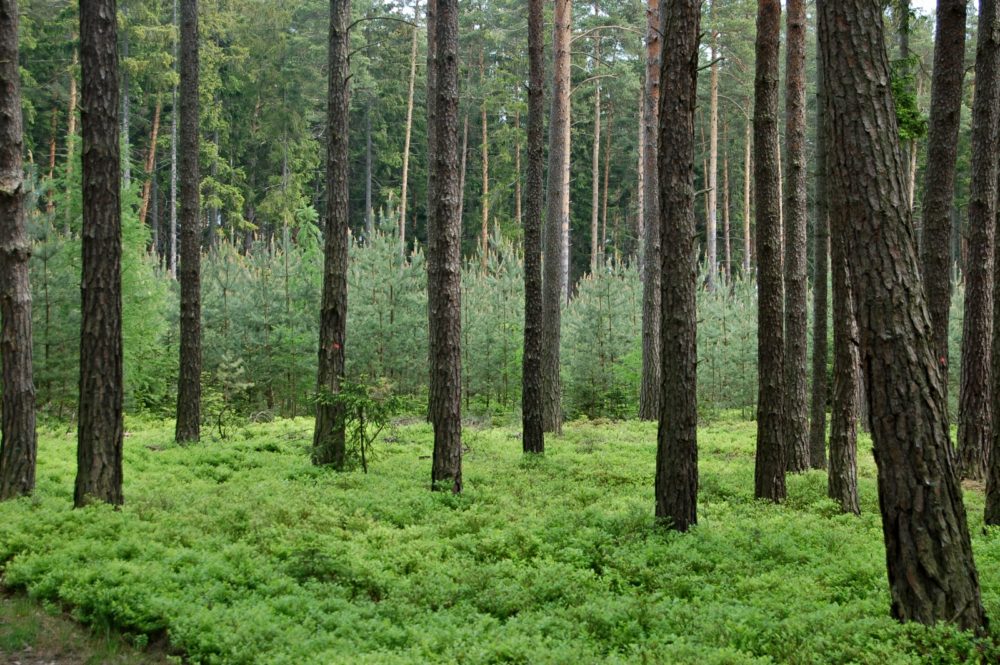 The aim of this research was to assess the variability in growth and quality of Scots pine provenances tested on four research provenance plots. The findings can be beneficial in selecting appropriate seed in the area of interest, making necessary amendments to legislative regulations, and helping foresters avoid using unsuitable reproductive material.
The aim of this research was to assess the variability in growth and quality of Scots pine provenances tested on four research provenance plots. The findings can be beneficial in selecting appropriate seed in the area of interest, making necessary amendments to legislative regulations, and helping foresters avoid using unsuitable reproductive material.
Silviculture practices that use Scots pine provenances from unsuitable areas of origin increase the likelihood of damage caused by biotic (such as pine hornworm, pine sedge, pine blight, red pine blight, and pine wilt) and abiotic (such as heavy snow and windbreaks) agents. On the other hand, the use of proven reproductive material reduces the risk of premature disintegration of production forests.
The researchers conducted an evaluation of the origin variability of Scots pine from the Czech Republic and Slovak Republic. They conducted this evaluation at four research plots in central Bohemia (Zelená Bouda No. 47) as well as in southern Bohemia (Čimelice No. 48, Hůrky No. 74, Kolence No. 75). These plantings were established in 1972.
In the research plot No. 47 – Zelená Bouda, two provenances that reached the highest average tree heights were: provenance No. 138 – Hradec nad Moravicí, Bor (19.80 m) and provenance No. 104 – Konopiště, Neveklov (19.65 m).
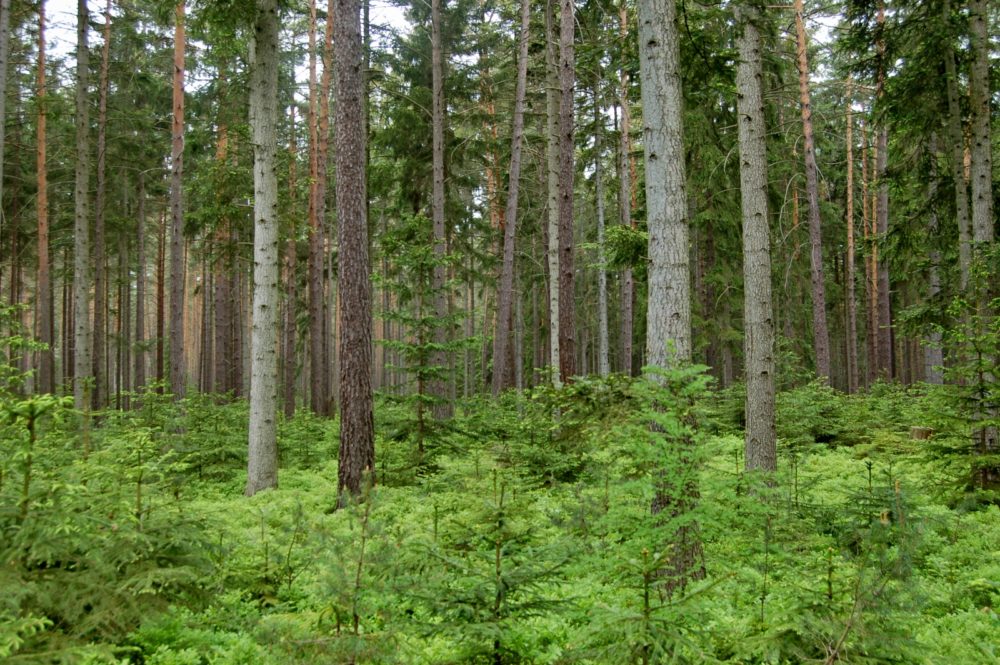 Provenance No. 10 from Šaštín, Stráže, Šaštín (1) and provenance No. 156 from Znojmo, Čížov had the highest DBH growth with average values of 18.45 cm and 17.85 cm respectively.
Provenance No. 10 from Šaštín, Stráže, Šaštín (1) and provenance No. 156 from Znojmo, Čížov had the highest DBH growth with average values of 18.45 cm and 17.85 cm respectively.
In the research plot No. 48 – Čimelice, there was found the highest average height in the case of provenances No. 144 – Jemnice, Kosová with a value of 24.05 m and No. 77 – Strážnice, Vracov with a value of 23.50 m.
Provenance No. 8 – Stupava, Lozorno, and provenance No. 156 from Znojmo, Čížov had the highest DBH growth with average values of 22,50 cm and 22,35 cm respectively.
In the research plot No. 74 – Hůrky, provenance No. 118 – Jaroměřice nad Rokytnou, Radkovice u Hrotovice (2) reached the highest average height of trees with a value of 20.50 m and provenance No. 159 – Červené Poříčí, Merklín with a value of 20.45 m.
In the case of DBH growth evaluation, provenance No. 118 – Jaroměřice nad Rokytnou, Radkovice u Hrotovice (2) reached an average DBH 22.00 cm and provenance No. 4 – Poprad, Kvetnica reached in this trait value of 21.93 cm.
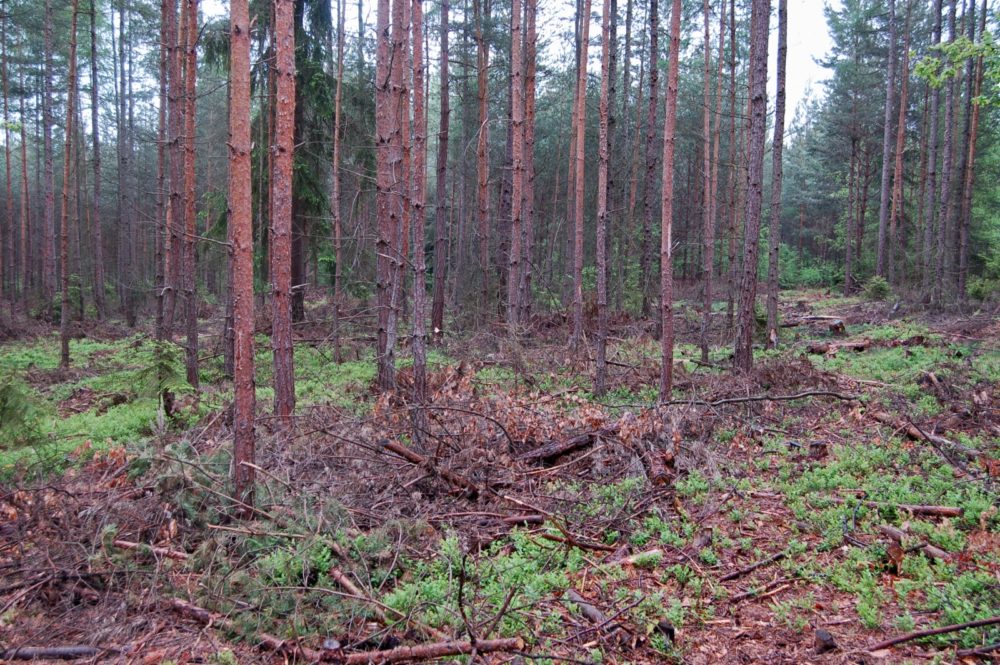 In the research plot No. 75 – Kolence, provenance No. 5 – Považská Bystrica, Trstie reached the highest average tree height with a value of 23.40 m, followed by provenances No. 84 – Vysoké Chvojno, Poběžovice u Holic and No. 91 – Ruda nad Moravou, Ruda nad Moravou with the same value of 21.70 m.
In the research plot No. 75 – Kolence, provenance No. 5 – Považská Bystrica, Trstie reached the highest average tree height with a value of 23.40 m, followed by provenances No. 84 – Vysoké Chvojno, Poběžovice u Holic and No. 91 – Ruda nad Moravou, Ruda nad Moravou with the same value of 21.70 m.
Provenance No. 5 – Považská Bystrica, Trstie with the median DBH of 29.90 cm and provenance No. 80 – Chlumec nad Cidlinou, Kladruby (1) with a value of 27.43 cm stood out in this quantitative trait.
In conclusion, researchers state:
An evaluation of the Scots pine provenance experiment carried out on four research plots planted in 1972, confirms that this tree species is widely adaptable to different ecological conditions. Anyway, it was observed that the growth characteristics of the provenances varied in different locations. However, large dispersion of growth characteristics alone cannot be used to determine the suitability of a particular reproductive material for a given area.
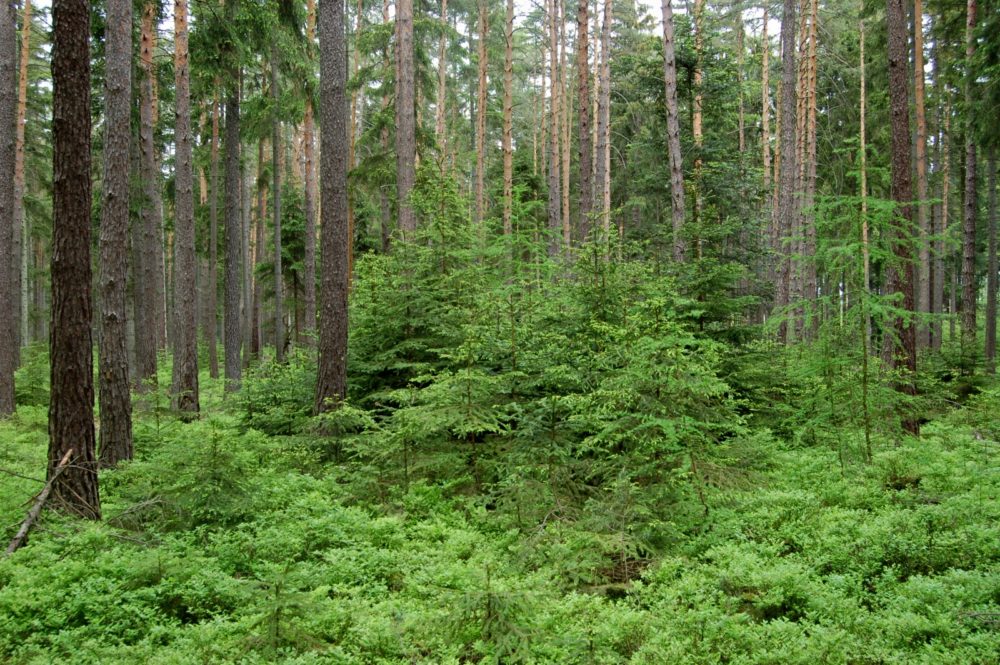 As part of the evaluation of the provenance plots with Scots pine in the Czech Republic, it was discovered that the growth ability of most Slovak origins was weak and poor. Therefore, it is essential to test more provenances from a wider size of the Scots pine area to obtain better information about the possibility of using a bigger amount of reproductive material of this tree species in our conditions.
As part of the evaluation of the provenance plots with Scots pine in the Czech Republic, it was discovered that the growth ability of most Slovak origins was weak and poor. Therefore, it is essential to test more provenances from a wider size of the Scots pine area to obtain better information about the possibility of using a bigger amount of reproductive material of this tree species in our conditions.
In the long term view, the researchers recommend establishing further provenance trials with new reproductive material to assess the suitability of its use in changing natural conditions.
The paper was prepared during the NAZV QK22020062 project solution.
The paper “Evaluation of the Provenance Growth of Forest Pine in the Czech Republic” (Vyhodnocení růstu proveniencí borovice lesní v Čechách) can be downloaded here.
Authors of paper: Martin Fulín, Jaroslav Dostál, Petr Novotný, Jiří Čáp, František Beran, FGMRI (VÚLHM, v. v. i.), email: fulin@vulhm.cz
According to the original, prepared by: Ing. Jan Řezáč, FGMRI (VÚLHM, v. v. i.), email: rezac@vuhm.cz
Illustrative photos: Scots pine production forest stands in Bohemia, author Jan Řezáč
